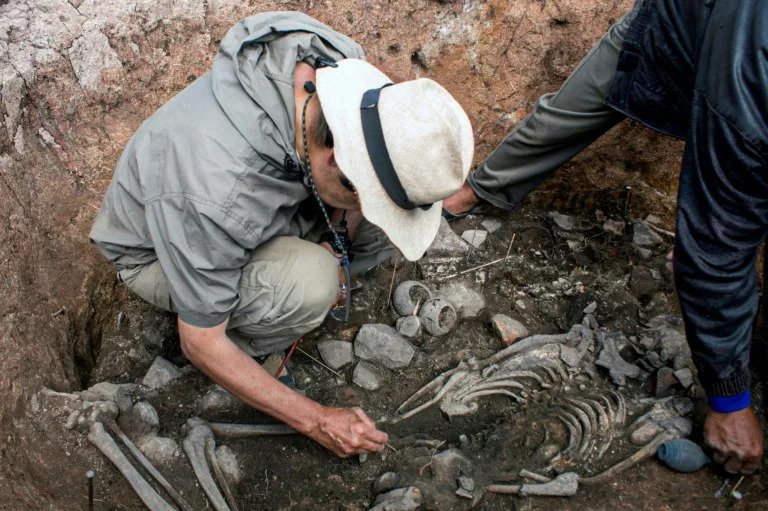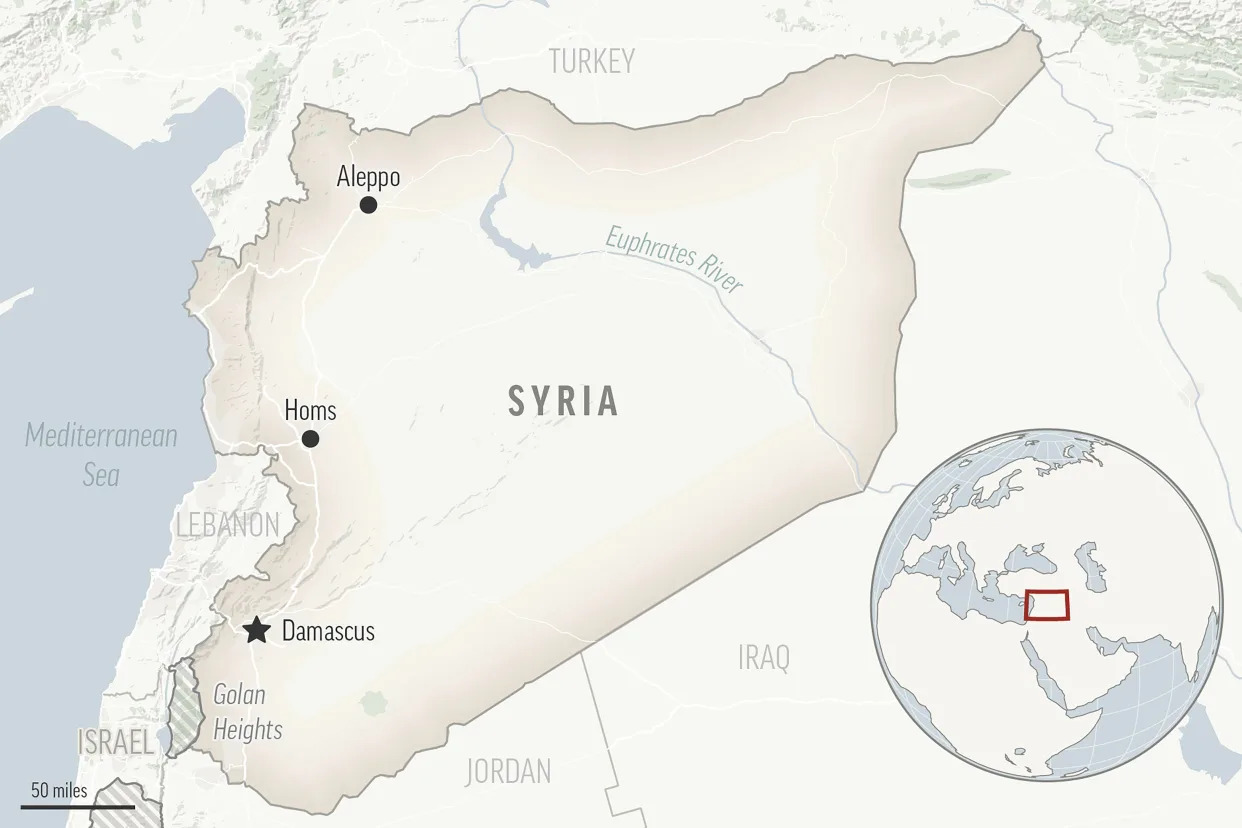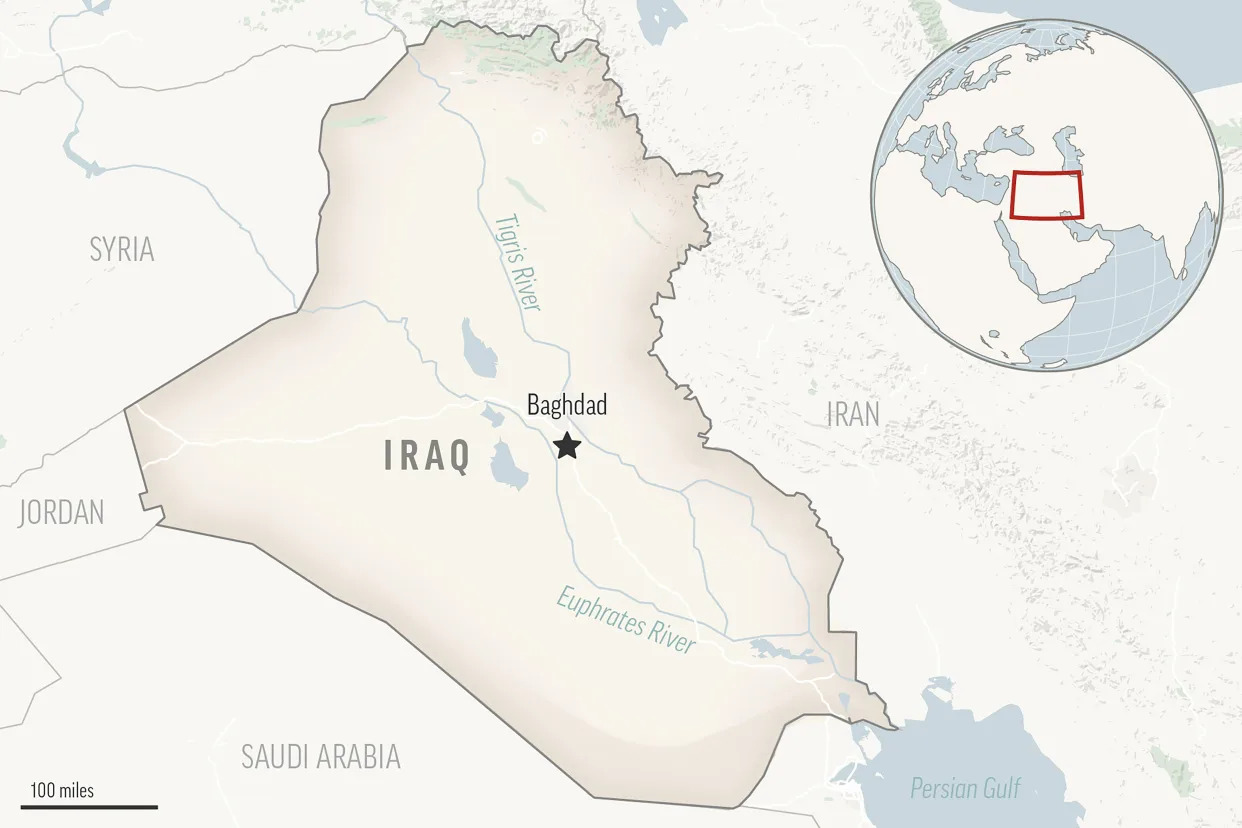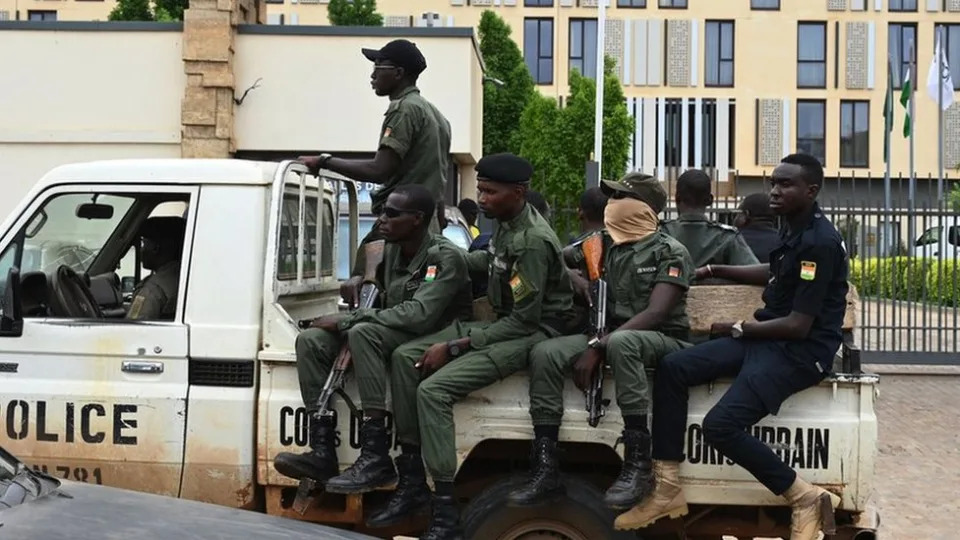Norman Solomon
Mon, August 28, 2023

January 6 Capitol Riot Trump Supporters Brent Stirton/Getty Images
Ever since Donald Trump became a former president, news outlets and commentators have cited polls showing that many Republicans believe violence might be needed to save the country. As Trump's legal woes increase, so does mainstream media alarm about the specter of violent response. But we've heard virtually nothing about the connections between two decades of nonstop U.S. warfare overseas and attitudes favoring political violence at home.
For more than 20 years, a bipartisan approach in Congress and the Oval Office has made sure that the United States uses enormous and lethal violence abroad. Stripped of the usual noble rhetoric, that approach amounts to "might makes right," an easy conceit when the U.S. military is by far the most powerful in the world. Reinforced in the name of a "war on terror," this self-righteous posturing has made perpetual war seem normal.
When Trump loyalists attacked the U.S. Capitol building on Jan. 6, 2021, a disproportionate number of those who led and participated in the assault were military veterans. By then, two decades of ongoing U.S. warfare had fueled the presumption that using deadly force is justified when all else fails.
War is all about inflicting sufficient violence to achieve goals. That was the basic method of the pro-Trump mob that attacked the Capitol in a desperate attempt to prevent Joe Biden from becoming president.
Those who laid siege to the Capitol two and half years ago were responding to what they understood as an order from Trump, their commander in chief. Many of the assault's leaders drew on their military training and knowhow to pull off the successful breach of security on Capitol Hill.
"It was like a war zone," some House and Senate members have recalled, using identical words to describe and deplore what they saw that day. But Congress actually likes — and lavishly subsidizes — real war zones. Hefty majorities of Democrats and Republicans keep approving huge appropriations to create faraway war zones or make them more deadly.
As a result — along with several million deaths inside attacked countries as well as terrible injuries to bodies and minds — the still-continuing "war on terror" has meant large numbers of violence-traumatized veterans. "Between 1.9 and 3 million service members have served in post-9/11 war operations in Afghanistan and Iraq, and over half of them have deployed more than once," the Costs of War project at Brown University reports. "Many times that number of Americans have borne the costs of war as spouses, parents, children, and friends cope with their loved ones' absence, mourn their deaths, or greet the changed person who often returns."
All along the way, the U.S. media and political establishment has glorified the ostensibly heroic exploits of the Pentagon's forces as they've implemented vast violence. War-making is routinely equated with ultimate patriotism.
The war machine does not have an automatic "off" switch when soldiers return home. Military drills can morph into political maneuvers. And some key takeaways from the rigidly authoritarian structure of the military are well-suited for MAGA forces.
"With thresholds of acceptability declining in domestic political life, the Trump frenzy came more and more to resemble the mentalities of warfare," I write in my new book "War Made Invisible." And "the insurrectionists, exhibiting loyalty to the man at the top of the command structure, escalated to violence when all else had failed. ... Trump was drawing on a deeply militaristic cultural mentality, fueled by nearly 20 years of nonstop war at that point; the 'training' of his militant and dangerous supporters was most importantly about mindsets."
The classic military strategist Carl von Clausewitz wrote two centuries ago that "war is nothing but a continuation of politics with the admixture of other means." Now some of Trump's true believers are eager to adapt the violent precepts of perpetual war to American politics.















